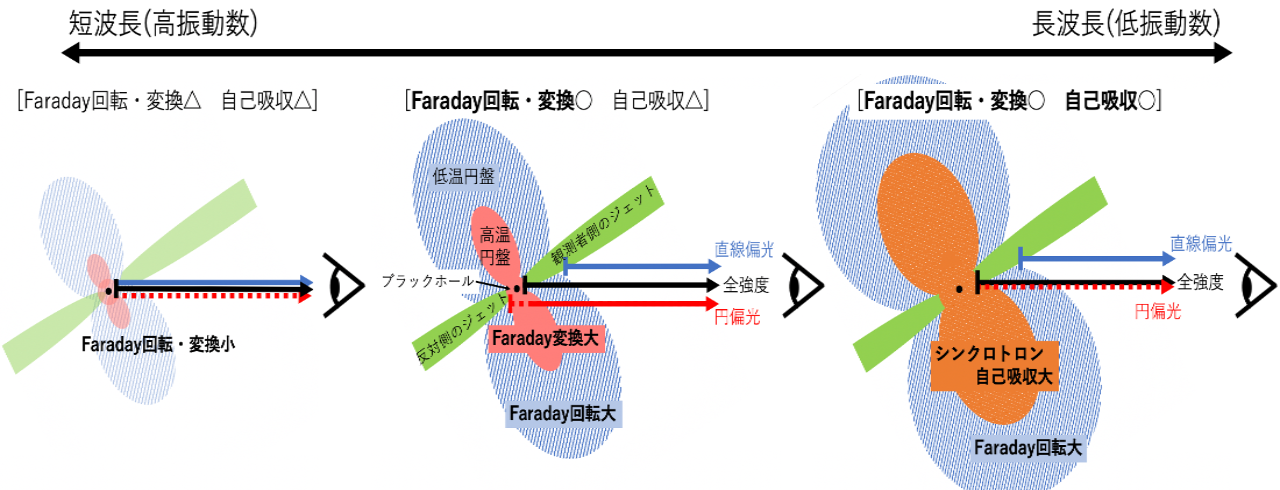Tsukuba Uchu Forum
133rd Uchu Forum
Accretion disk jet structure in the environs of a supermassive black hole explored by polarized light imaging
Yuh Tsunetoe
University of Tsukuba
Abstract
The realization of direct imaging of supermassive black holes has opened a new horizon for understanding the mysterious driving mechanism of active galactic nuclear jets. We have taken this opportunity to investigate the structure of accretion disks and jets in the vicinity of black holes through the prediction of polarization images by radiation transport calculations. First, we confirmed that the linear polarization vectors of the M87 jet are scrambled by Faraday rotation in the external cold disk and lose their original information. We further show that the circularly polarized component, which is weak at the time of emission, is amplified by Faraday transformations in the hot disk with an aligned magnetic field at the innermost edge. As a result, we show a separation of linear and circular polarization along the jet, which is consistent with existing linear polarization imaging observations. For our Galactic center object Sagittarius A*, which does not have a large-scale jet, we calculate the polarization image using a model with a higher disk electron temperature and obtain a sign-reversal feature with a perpendicular boundary in the circular polarization image. Correspondingly, the linearly polarized flux brightens at the boundary. We show that these features are due to the angular dependence of Faraday rotation and transformation. By matching these theoretical predictions with future observations of linear and circular polarization, we can expect strong constraints on the magnetic field and plasma properties. Furthermore, by examining multiple wavelengths and various model parameters, we have established a unified picture based on Faraday rotations and transformations, as well as the optical thickness of synchrotron self-absorption. We expect that the accumulation and matching of these theoretical and observational results will lead to a unified description of the various astrophysical jets.


 和 英
和 英